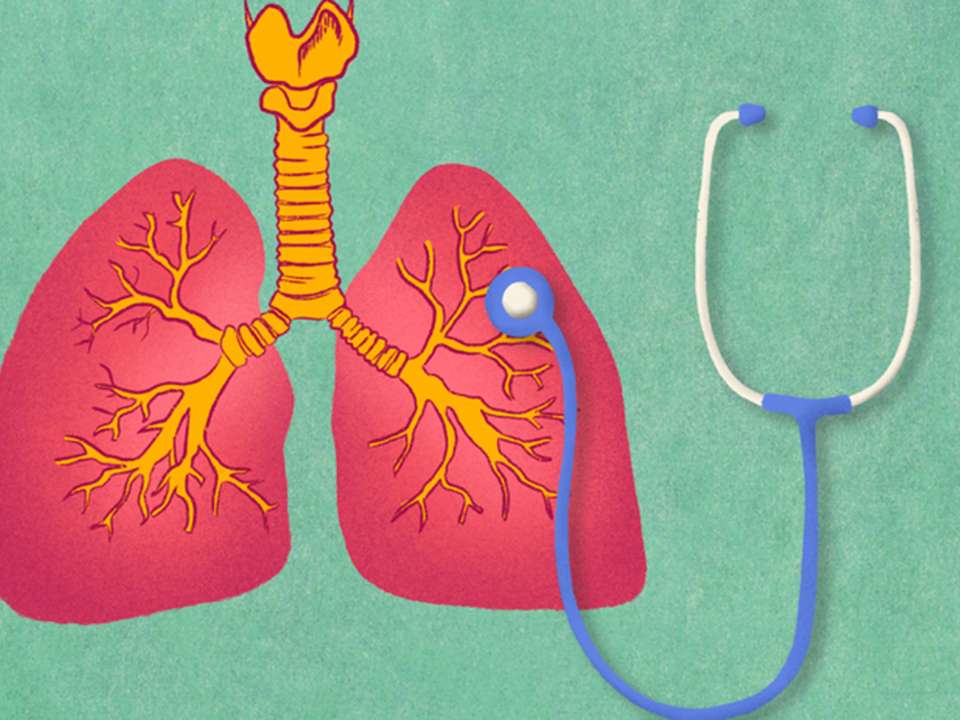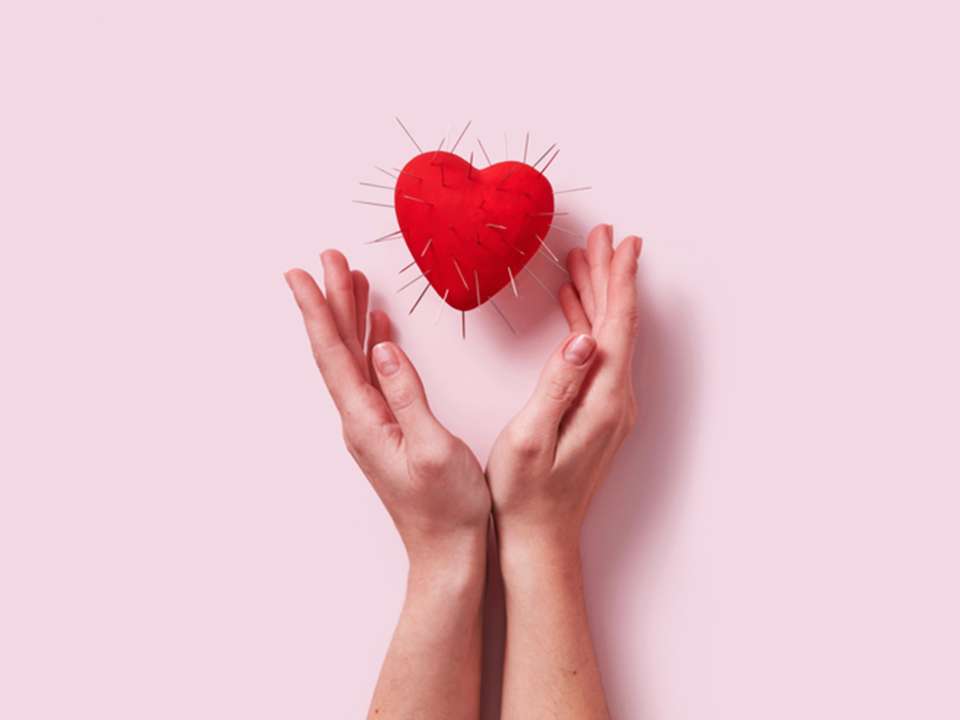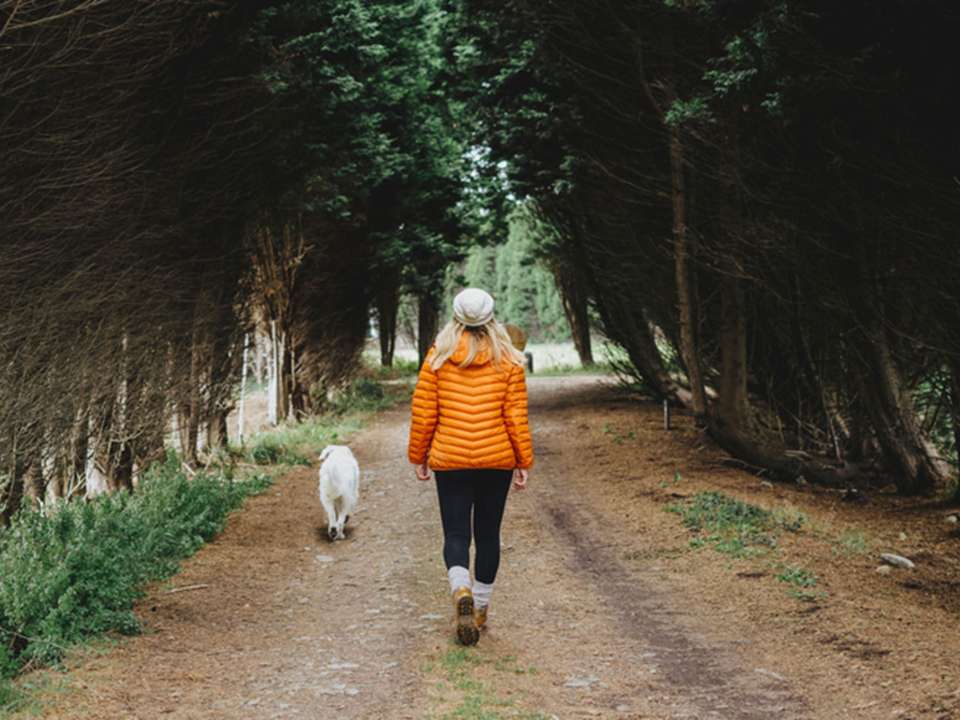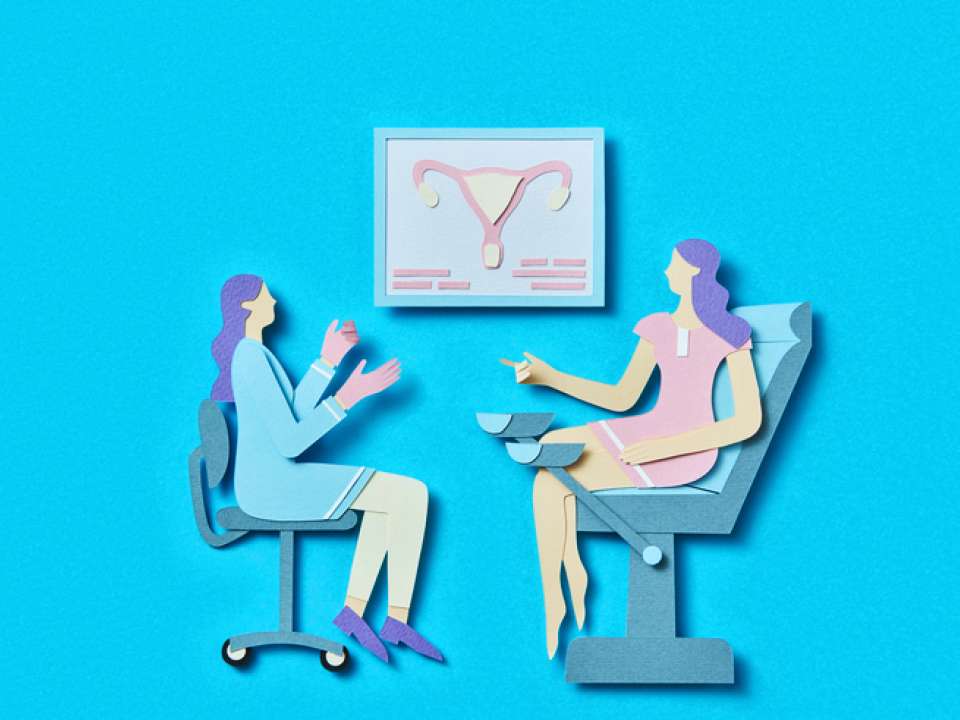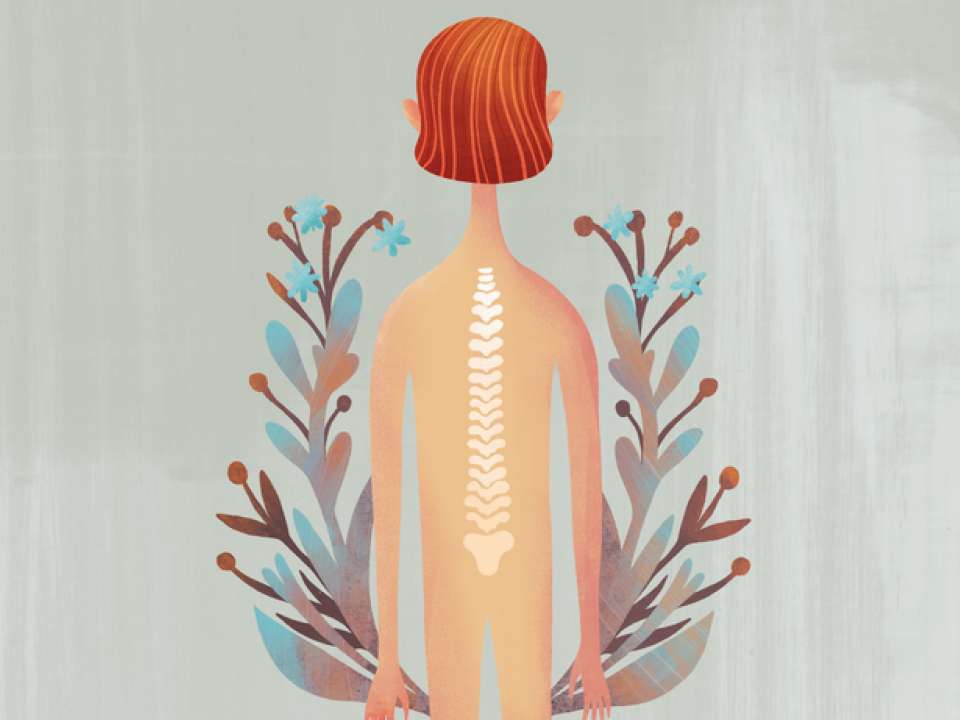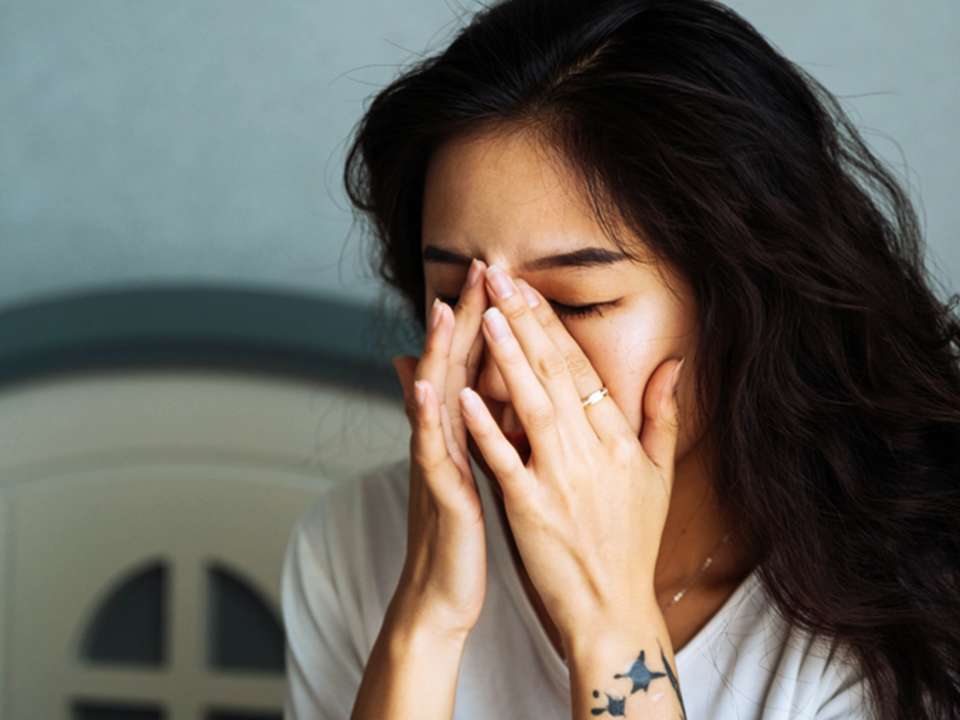Millennials, Listen Up: No. 1 Tip to Prevent Kidney Stones
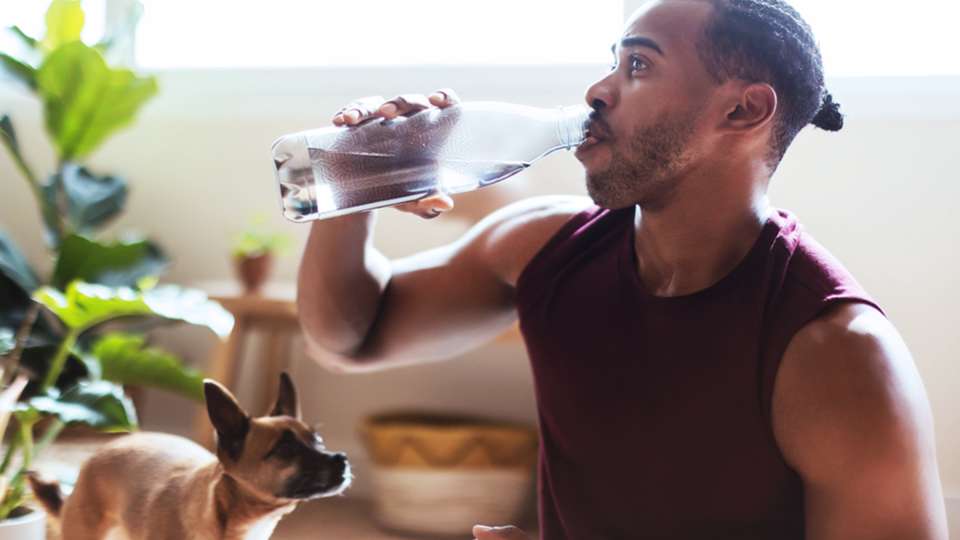
Thirty, flirty and thriving? Or maybe not thirty but still thriving and living a pretty healthy life? You may think kidney stones are something you don’t have to worry about until you get older, but sorry to break it to you, that isn’t necessarily true.
Doctors have found that more young people, especially women between ages 18 and 39, are getting kidney stones than in the past. Data shows that one in five men and one in ten women will get at least one kidney stone in their lifetime.
What are the most common causes of kidney stones?
Diet and rising obesity rates could contribute to the increase, says Dr. Jonathan Harper, a urologist who treats patients at UW Medical Center’s Montlake and Northwest campuses.
Others speculate that factors like low (or excessive) levels of exercise and even global warming (aka hotter temps) could be causing the increase, says Dr. Hunter Wessells, a urologist who treats patients at Harborview Medical Center and the UW Medical Center – Roosevelt.
Men and people assigned male at birth are more likely to get kidney stones, as are people with a family history of kidney stones, people with certain medical conditions like inflammatory bowel disease or recurrent urinary tract infections (UTIs), and people who take certain medications for things like HIV or seizure treatment. You’re also more likely to get one again if you’ve already had one.
Foods that, in excess, can cause or contribute to kidney stones include:
- Sugary drinks and foods
- Animal proteins
- Salt
- Calcium and vitamin D supplements
- High-oxalate foods such as spinach, soy, almonds and potatoes
And no, this doesn’t mean you should stop eating these foods, though if you’ve had recurring kidney stones it’s possible your doctor will want you to try a low-oxalate diet.
Does dehydration actually cause kidney stones?
“With periods of dehydration, the urine becomes more concentrated and more likely for an initial stone crystal to form. Even a short duration of darker, more concentrated urine can increase the risk of a new kidney stone,” says Alison Loechl, a doctor of nursing practice and nurse practitioner at the Kidney Stone Center at UW Medical Center – Northwest.
The best way to prevent kidney stones is simple: Drink a lot of water.
How much? Loechl recommends at least 100 ounces (or 12 cups) of liquid per day for people who are prone to kidney stones, though your individual needs could vary.
If plain water isn’t your thing, try soups and broths, 100% fruit juices, teas, and even coffee (in moderation), as well as yogurt and fruits and vegetables that contain a lot of water, like watermelon and lettuce.
Lemon water, or water infused with other fruits, can be a great option, too.
“Citrate, a compound in all fruits and veggies but highest in citrus fruits, can actually help stop the formation of stones,” Loechl says.
You know you’re drinking enough water if your pee is pale yellow or clear.
What are good ways to remember to drink water?
Harper and Wessells are conducting a study to see if using smart water bottles that track someone’s fluid intake can help prevent kidney stones in people who have had them in the past. The bottles send data about how much someone is drinking to an app, which then alerts the participant if they need to drink more.
Being reminded is helpful because even people who have had kidney stones tend to slip up when it comes to hydration, Wessells says.
“They do it for a while but then they go back to the way they were. The kidney stone becomes a distant memory,” he says.
But just because the memory may fade doesn’t mean the costs — financial and otherwise — do. Kidney stones usually cause people to miss several days of work at least, and the financial burden of emergency department visits and CT scans is high, says Wessells.
Don’t have a smart water bottle? That’s OK. There are plenty of water bottles out there that have guidelines and motivational messages printed on them to encourage you to drink. And you could always set a timer using your phone, use a water intake-tracking app or build habits like keeping a bottle on your bedside table so you can have a drink first thing when you wake up.
How do I know if I have a kidney stone?
Though they aren’t usually dangerous, kidney stones can be really painful.
“They have been likened to childbirth in intensity and severity,” Wessells says. (Yikes.)
Pain usually shows up in the side or back. You may also feel nauseated, throw up or notice that you have to pee a lot or that there’s some blood in your pee.
“For some people, the pain may be more mild or nonspecific and can be confused with a backache or strain, urinary tract infection or other explanation for abdominal pain such as appendicitis,” Loechl says.
If you have a UTI or a kidney infection, if you’re in severe pain, or if you can’t pee (which indicates that the stone is blocking your urinary tract), that’s a medical emergency and you should go to the ER.
Are there different kinds of kidney stones?
Though staying hydrated is a universal way to help prevent kidney stones, not all kidney stones are created equal.
Kidney stones are formed by small pieces of minerals, like calcium, building up in your kidneys as they filter waste from your blood.
“Knowing the type someone has really helps for prevention and treatment,” says Loechl.
The most common type is a calcium oxalate stone, which occurs in around 80% of kidney stone cases, Loechl says. Other types include uric acid stones, calcium phosphate stones, struvite stones caused by an infection, cystine stones and other rare types caused by genetics or medications.
Stones vary in size. Large stones may require a surgical procedure called ureteroscopy, where a flexible tube with a camera and little basket attached is inserted into the bladder and allows doctors to see and remove the stone. Other treatment options, depending on the type and size of the stone, include medication to dissolve the stone or shock-wave lithotripsy, which uses sound waves to break the stone up into smaller pieces. (Cool, huh?)
The good news? Smaller stones will often pass on their own (aka be peed out), unbeknownst to you (thankfully). So if your stone isn’t too painful or obstructive, doctor’s orders may be to hydrate and wait a couple of weeks for the stone to pass.
If you want to know what kind of stone you had, you can strain your pee, which sounds kind of weird but could help your doctor learn what to do to prevent you from getting another one — which makes the weirdness totally worth it.

 Healthy ideas for your inbox
Healthy ideas for your inbox
